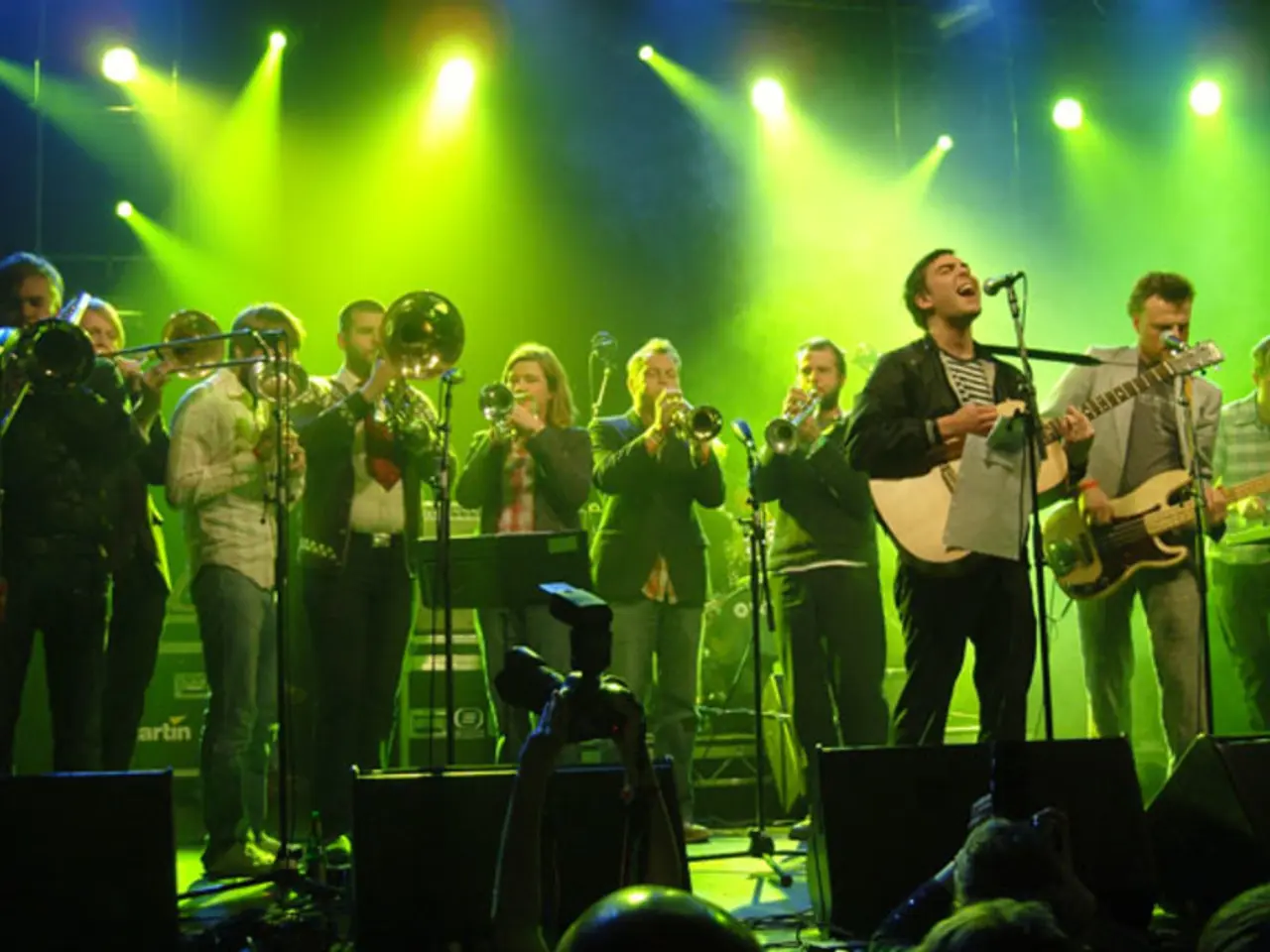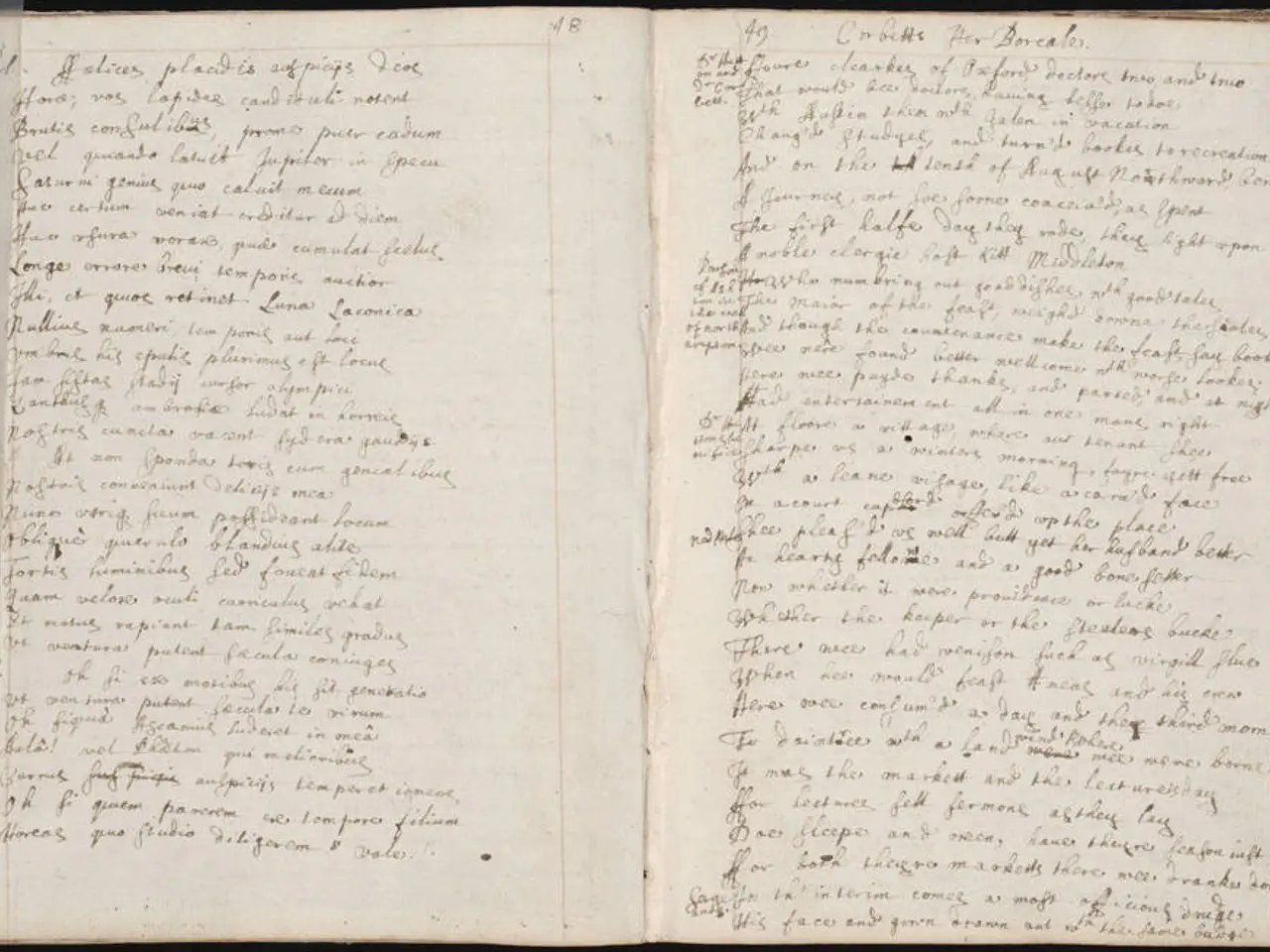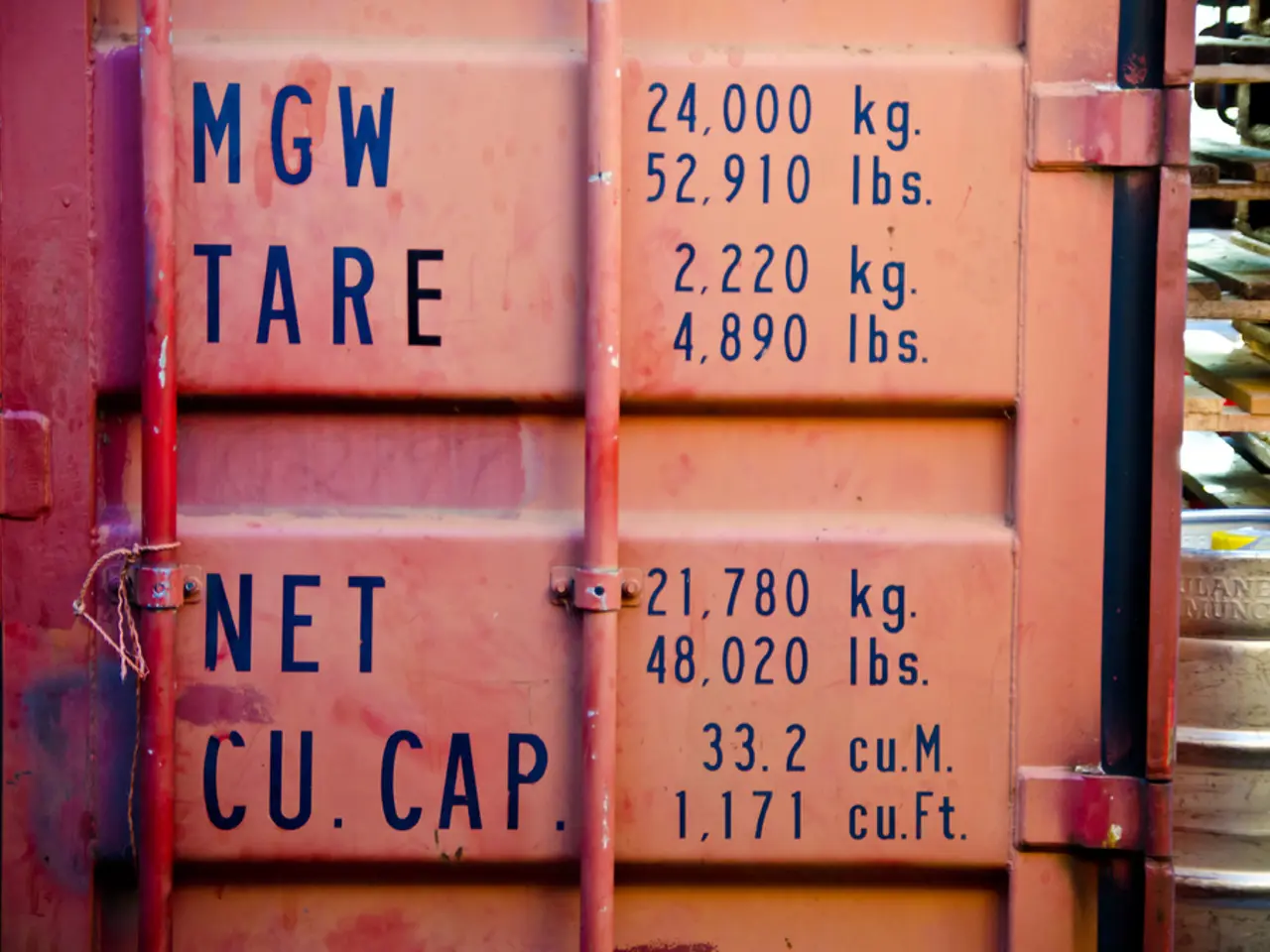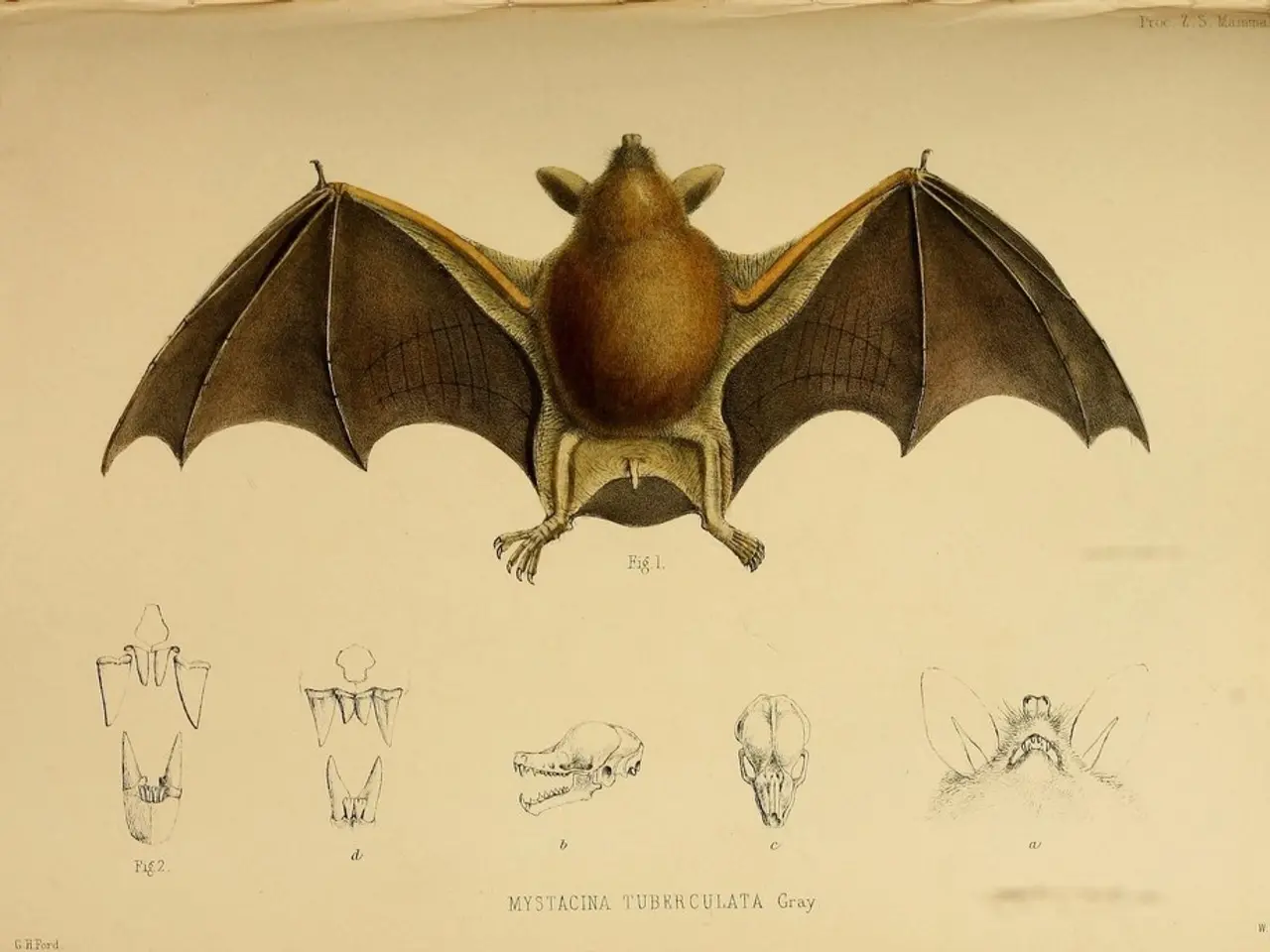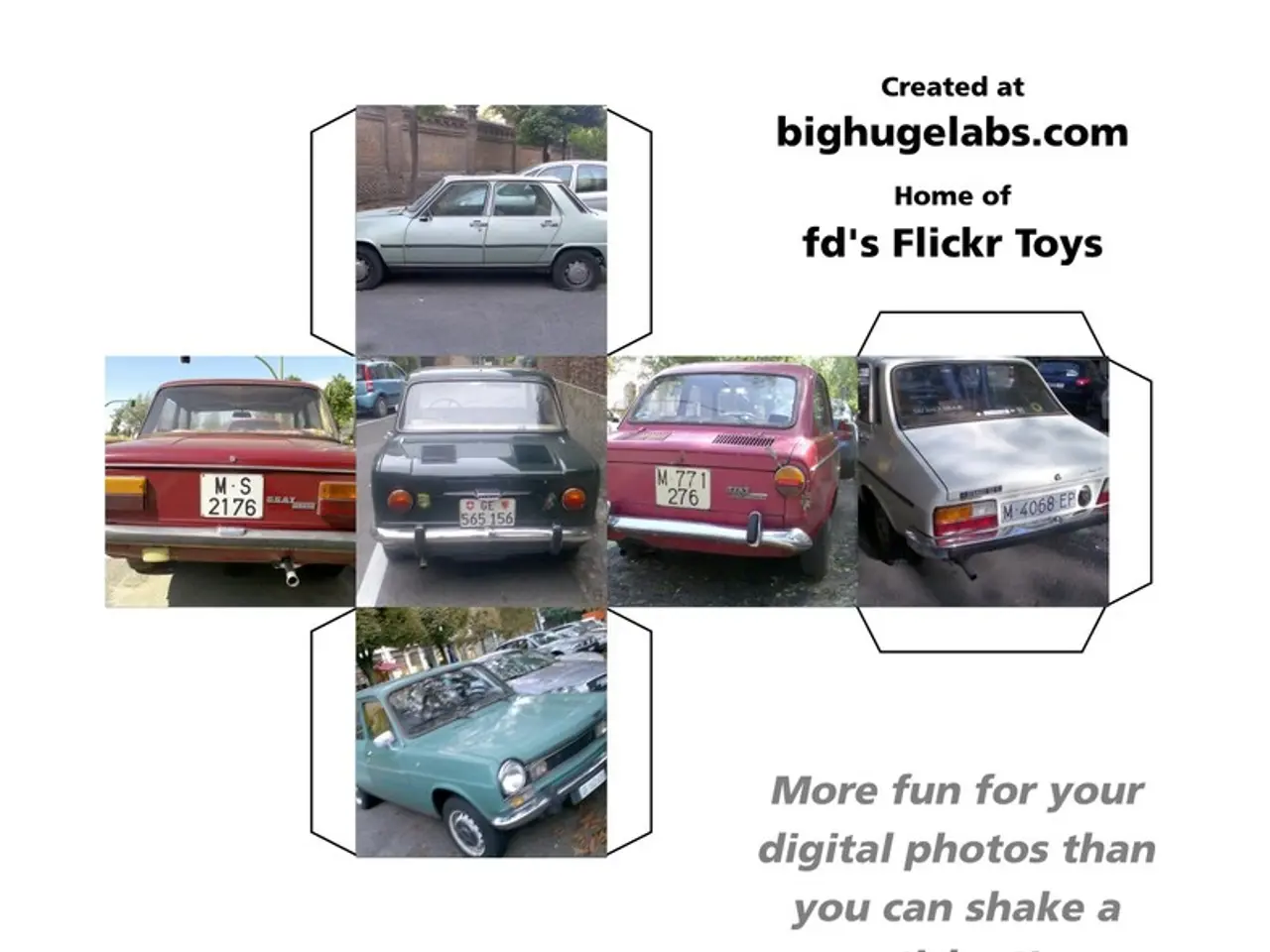Crowd gathers in unison, showcasing music's ability to fuse artistic and scientific elements
The Science Museum, a unique venue that bridges the gap between arts and science, has been hosting a series of exhibitions that delve into the intriguing world of music and sound. One such exhibition was the Noise Abatement Exhibition, opened by HG Wells in 1935, and more recently, the museum has showcased the viola organista, a musical instrument designed by none other than Leonardo da Vinci.
The Science Museum's collection includes items directly or indirectly connected to music and sound. In 2013, Polish pianist Slawomir Zubrzycki brought the viola organista to life in a performance at the museum. The museum has also hosted concerts by Public Service Broadcasting and Icebreaker, further underscoring its long tradition of exploring music and sound.
The museum's current exhibition, "Future of Food," illustrates this intersection between arts and science in a compelling way. This exhibition explores how science and technology are shaping sustainable ways to produce, consume, and enjoy food. It features over 100 historic and contemporary objects, showcasing advances in ecology, biotechnology, and food innovation from around the world.
The exhibition includes diverse elements such as ancient bread and cell-grown salmon, engaging visitors with interactive experiences that blend scientific innovation and cultural practices related to food. It is open from 24 July 2025 to 4 January 2026, free with tickets, and suitable for ages 7 and above.
This exhibition reflects the intersection of arts and science by combining scientific advances with cultural and artistic objects, narratives, and interactive displays to provoke reflection on future food choices and sustainability. It is a testament to the Science Museum's mission to show that science is very much part of our culture.
In addition to its focus on food, the Science Museum has also been involved in other projects that intertwine science and art. The latest citizen science project, Hooked on Music, is part of a wider project to study dementia. The Royal College of Music, where Holst studied, was a partner in a recent impromptu performance of parts of Holst's Planets, conducted by Ben Palmer and featuring a 90-piece orchestra made up of Royal College of Music students.
Leonardo da Vinci, a polymath known for his artistic and engineering talents, also had a keen interest in music. One of his designs was for a viola organista, a complex musical instrument that combines the keyboard and organ. The current exhibition at the Science Museum illustrates Leonardo da Vinci's status as an artist and a brilliant, insatiably curious engineer.
In conclusion, the Science Museum's current exhibition, "Future of Food," is a prime example of how the museum showcases the intersection of arts and science. By presenting scientific advances in a creative and engaging manner, the museum continues to inspire visitors and demonstrate the importance of science in our daily lives.
The Science Museum's commitment to bridging the gap between science and art is demonstrated by the incorporation of music-related items in its collection, such as the viola organista designed by Leonardo da Vinci. Furthermore, the museum has hosted various events that blend music and science, including performances by Slawomir Zubrzycki, Public Service Broadcasting, and Icebreaker.
